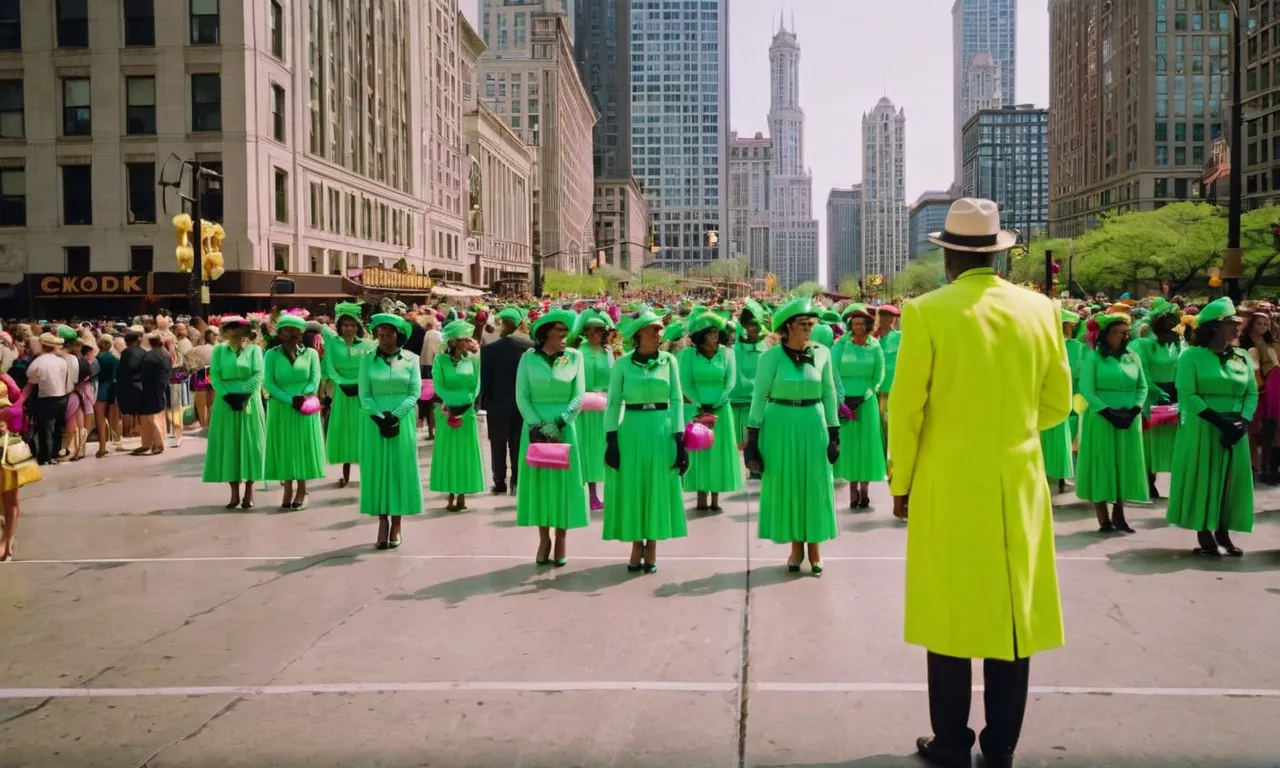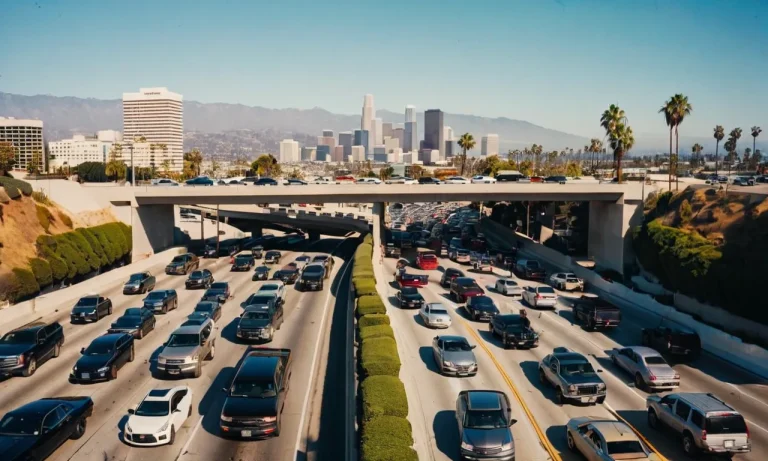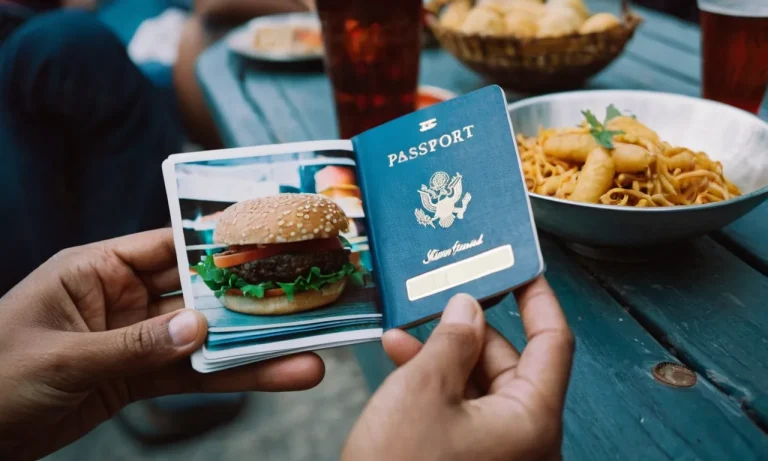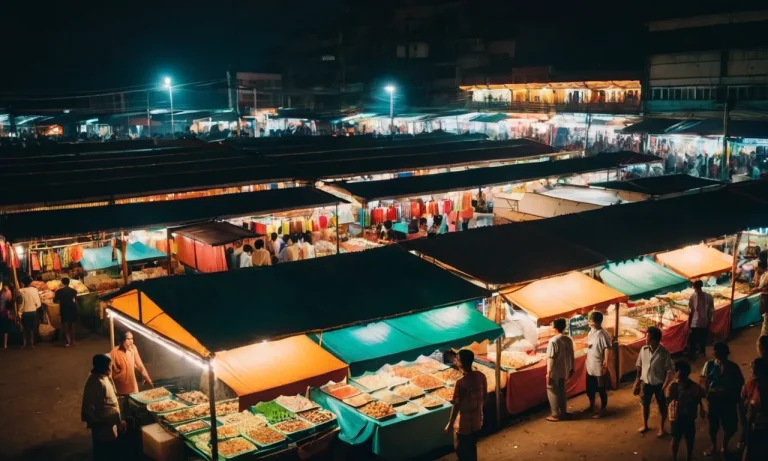What Colors Not To Wear In Chicago
Chicago is a vibrant, world-class city with residents and visitors from all walks of life. While personal style and freedom of expression are important, it’s wise to consider how certain color choices may be perceived or misinterpreted in different Chicago neighborhoods and settings.
If you’re short on time, here’s the key point: Be thoughtful and respectful with bold color choices that could associate you with local gang colors and symbols. This guide will provide more context and suggestions to help you feel comfortable and safe.
Understanding Chicago’s Complex Social Landscape
Chicago is a city known for its vibrant and diverse social landscape. With a population of over 2.7 million people, it is a melting pot of cultures, ethnicities, and backgrounds. This diversity is one of the city’s greatest strengths, contributing to its rich history and unique character.
Chicago’s Diversity
Chicago is home to people from all walks of life. From the bustling streets of downtown to the vibrant neighborhoods on the outskirts, you can find a wide range of ethnicities and cultures represented.
The city’s diversity is reflected in its food, music, art, and festivals, making it a truly multicultural experience for residents and visitors alike.
According to the U.S. Census Bureau, Chicago is one of the most diverse cities in the United States. The city has a significant African American population, with over 30% of residents identifying as such.
Additionally, there is a strong presence of Hispanic, Asian, and European communities, contributing to the city’s rich tapestry of cultures.
It is important to note that Chicago’s diversity also extends to socioeconomic backgrounds. While there are affluent neighborhoods like the Gold Coast and Lincoln Park, there are also areas with higher poverty rates and lower income levels.
This socioeconomic diversity adds another layer to the social landscape of the city.
Impact of Gang Culture and Crime
While Chicago is a city of great diversity, it also faces challenges related to gang culture and crime. The city has gained national attention for its high crime rates, particularly in certain neighborhoods. It is crucial to understand how these factors influence the social dynamics of the city.
Gang culture has a significant impact on the communities it affects. Gang-related violence can create a climate of fear and tension, which can have consequences for residents and visitors alike. It is important to be aware of the areas where gang activity is more prevalent and take precautions to ensure personal safety.
Efforts to combat and reduce gang violence are ongoing in Chicago. Community organizations, law enforcement agencies, and residents themselves are working together to create safer neighborhoods and provide resources for at-risk youth.
These efforts are crucial for fostering a more harmonious social landscape in the city.
If you would like more information on Chicago’s social landscape and the initiatives being undertaken to address crime and gang culture, you can visit the official website of the City of Chicago. They provide valuable resources and updates on community programs and safety measures.
Colors to Avoid
Red
While red is a vibrant and attention-grabbing color, it might not be the best choice to wear in Chicago. The reason being is that red is associated with the city’s sports teams, particularly the Chicago Bulls.
Wearing red may unintentionally give off the impression that you are a fan of the opposing team. This could lead to some awkward encounters, especially during game days or when you find yourself in a sports bar filled with passionate fans.
It’s always better to err on the side of caution and choose a different color to avoid any misunderstandings.
Blue
Another color to be cautious about wearing in Chicago is blue. The city is famously known for its baseball team, the Chicago Cubs, who wear blue as their primary color. Wearing blue in certain areas, especially around Wrigley Field, where the Cubs play their home games, might unintentionally give off the impression that you are a fan of the opposing team.
While most Chicagoans are friendly and welcoming, it’s best to avoid any potential conflicts or misunderstandings by opting for a different color.
It’s important to note that these color suggestions are not meant to discourage individuality or self-expression. Chicago is a diverse and accepting city, and you are free to wear whatever colors make you feel comfortable and confident.
However, knowing the potential associations and cultural significance of certain colors can help you navigate social situations and avoid any unintended misunderstandings.
Neighborhood Considerations
When it comes to choosing the right colors to wear in Chicago, it’s important to take into account the specific neighborhood you’ll be visiting. Each neighborhood in Chicago has its own unique character and style, and certain colors may be more appropriate or well-received in some areas than others.
Downtown Chicago
Downtown Chicago is a bustling hub of business and tourism. If you’re planning to spend time in this area, it’s best to stick to more professional and sophisticated colors. Neutral tones like black, gray, navy, and white are always a safe bet in downtown Chicago.
These colors convey professionalism and blend in well with the city’s sleek and modern architecture.
Wicker Park
Wicker Park is known for its vibrant arts and music scene, and the fashion choices in this neighborhood reflect that. When visiting Wicker Park, feel free to embrace bold and expressive colors. Bright yellows, blues, and pinks can make a statement and show off your creative side.
Don’t be afraid to experiment with patterns and unique combinations to fit in with the eclectic atmosphere.
Lincoln Park
Lincoln Park is a residential area known for its beautiful parks and tree-lined streets. The fashion style here tends to be more casual and laid-back. Opt for comfortable and relaxed colors like earth tones, pastels, and light blues.
These colors will blend in well with the natural surroundings and give off a relaxed and approachable vibe.
The Loop
If you find yourself in The Loop, Chicago’s central business district, it’s best to stick to classic and professional colors. This area is home to many corporate offices and government buildings, so it’s important to dress appropriately. Stick to traditional colors like black, navy, gray, and white.
These colors exude professionalism and will help you blend in with the business crowd.
Remember, these are just general guidelines and personal style is always important. Ultimately, you should wear colors that make you feel confident and comfortable. It’s always a good idea to observe the local fashion trends and adapt your wardrobe accordingly.
And above all, have fun experimenting with different colors and styles as you explore the diverse neighborhoods of Chicago!
Seasonal Considerations
When it comes to choosing the right colors to wear in Chicago, it’s important to consider the seasons. The city experiences distinct seasons, each with its own unique weather patterns and vibes. By understanding the seasonal considerations, you can ensure that your outfit not only looks stylish but also suits the weather conditions.
Spring
During the springtime in Chicago, the city comes alive with blooming flowers and warmer temperatures. It’s a great time to embrace lighter and brighter colors that reflect the season’s energy. Pastels like soft pinks, light blues, and mint greens are popular choices.
They add a touch of freshness to your outfit and perfectly complement the blossoming surroundings.
Additionally, incorporating floral patterns into your wardrobe can help you embrace the beauty of spring. Floral prints on dresses, shirts, or accessories can be a great way to add a pop of color and celebrate the season.
Summer
Chicago summers are known for their heat and humidity, so it’s important to choose colors that keep you cool. Lighter shades like whites, creams, and pale yellows are excellent choices as they reflect sunlight and help to keep you feeling comfortable.
These colors also give off a crisp and clean look, perfect for the sunny days.
It’s also worth noting that darker colors tend to absorb more heat, so it’s best to avoid wearing black or other dark hues during the hottest days of summer. Opt for lighter fabrics and colors, and don’t forget to protect yourself from the sun with a hat, sunglasses, and sunscreen.
Fall
In the fall, Chicago experiences beautiful foliage as the leaves change colors. This season is all about embracing the warm and earthy tones. Colors like deep reds, burnt oranges, and rich browns are perfect for capturing the essence of autumn.
Pairing these colors with neutrals like beige or cream can create a sophisticated and cozy look.
As the temperatures start to drop, it’s also a good idea to incorporate layers into your outfit. Sweaters, scarves, and jackets in fall colors can add depth and warmth to your overall look.
Winter
Chicago winters can be harsh, with freezing temperatures and heavy snowfall. When dressing for the winter season, it’s important to prioritize warmth and functionality. Opt for dark colors like blacks, grays, and deep blues, as they absorb heat and help to retain body warmth.
Layering becomes essential during this time, so consider wearing thermals, sweaters, and coats in neutral or dark colors. Additionally, don’t forget to accessorize with a hat, gloves, and a scarf to protect yourself from the biting cold winds.
Remember, these are just general guidelines, and there are no hard and fast rules when it comes to fashion. Ultimately, the most important thing is to wear what makes you feel confident and comfortable.
Use these seasonal considerations as a starting point, and feel free to experiment with different colors to create your unique style.
Conclusion
While most colors are fair game in Chicago, being informed about specific color associations in different neighborhoods can help you avoid unsafe situations. Focus on expressing yourself while being respectful of communities facing serious challenges.








